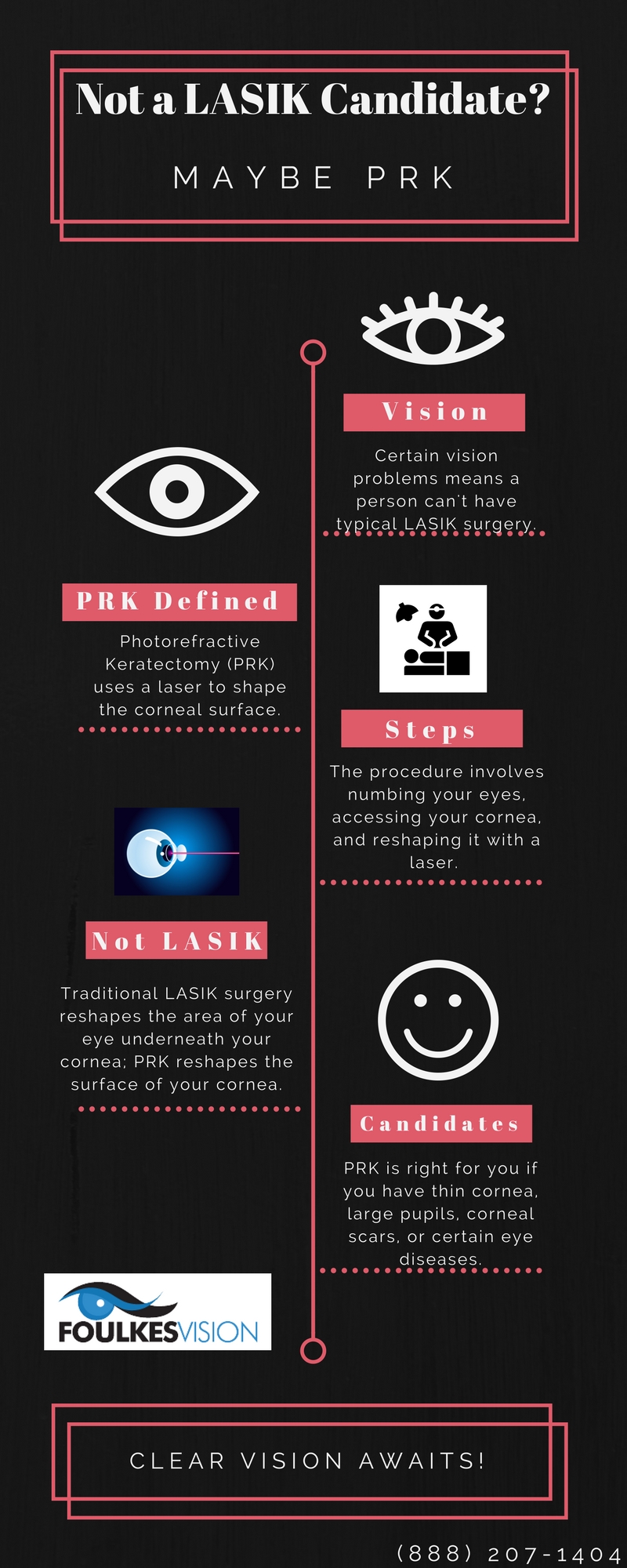What Is SMILE Eye Surgical Procedure? Process, Benefits, Dangers, And Healing Insights

Material Created By-Hinson Strickland
If you're considering vision correction choices, SMILE eye surgical procedure may be on your radar. This innovative treatment includes producing a tiny lenticule in the cornea to address nearsightedness and astigmatism. Unlike standard LASIK, it's much less invasive and assures quicker recuperation. Nonetheless, while there are substantial benefits, there are also threats included. Recognizing both aspects can help you make an informed choice about your eye health. What's the healing process like, and what should you expect?
Recognizing the SMILE Procedure
The SMILE procedure, or Tiny Incision Lenticule Removal, is a minimally intrusive eye surgical treatment made to deal with vision concerns like nearsightedness and astigmatism.
During this procedure, a laser creates a small lenticule, or lens-shaped tissue, within the cornea. You won't require any stitches, as the tiny cut allows for a quick recuperation.
The specialist then eliminates the lenticule through this small cut, reshaping your cornea to improve your vision. Unlike typical LASIK, SMILE doesn't require the production of a big flap, which can result in less problems.
You'll discover that this method is much less turbulent to the corneal structure, possibly enhancing stability. Comprehending the treatment aids you feel extra positive as you consider your alternatives for vision correction.
Perks of SMILE Eye Surgical Procedure
While considering vision improvement choices, you might locate that SMILE eye surgical treatment provides numerous engaging benefits.
First, over at this website 's minimally intrusive, requiring only a little incision, which suggests much less disturbance to your eye structure. linked webpage causes quicker healing times and much less discomfort compared to typical LASIK.
You'll also appreciate its precision; SMILE uses advanced laser modern technology to improve the cornea, providing excellent results for nearsightedness and astigmatism.
Moreover, lots of individuals report boosted aesthetic quality, with less instances of glare or halos. Given that there's no requirement for a corneal flap, your eyes remain more stable post-surgery.
Finally, the treatment usually takes simply a few mins, permitting you to return to your daily activities quicker than with other techniques.
Possible Dangers and Healing Refine
Although SMILE eye surgery is usually risk-free, it is very important to be knowledgeable about possible risks that can emerge during or after the procedure. Some people might experience short-lived negative effects like completely dry eyes, glare, or halos around lights.
In unusual instances, complications such as infection, vision loss, or the need for added surgery can occur.
Recuperation generally involves a few days of rest and preventing laborious tasks. You need to follow your specialist's post-operative guidelines carefully, including using prescribed eye declines and participating in follow-up visits.
Numerous clients discover boosted vision within a couple of days, however full healing can take weeks. Remaining person and giving your eyes time to heal is crucial for the best outcome.
Final thought
Finally, SMILE eye surgery offers a modern, minimally intrusive alternative for dealing with nearsightedness and astigmatism. With its quicker healing time and minimized pain, it's an enticing choice for lots of. However, it's vital to consider the prospective threats versus the benefits. By remaining educated and complying with post-operative treatment, you can optimize your opportunities of an effective end result. If you're considering this treatment, talk to your eye treatment professional to establish if it's right for you.

